
How Long Does Temporomandibular Disorder (TMD) Last? Temporomandibular disorder (TMD) affects the jaw joint (TMJ) and the muscles around it. It can cause pain, clicking, stiffness, headaches and difficulty opening the mouth. One of the most common questions patients ask is: “How long will this last?” The honest answer is: it depends. For many people,…

Night Guards: How They Protect Your Teeth and Relieve Dental Problems Teeth grinding and jaw clenching are very common — especially at night, when you may not realise it’s happening. Over time, this can lead to worn teeth, headaches, jaw pain and broken dental work. At Glow Dental, we often recommend a custom-made night guard…

Endodontic treatment, commonly known as a root canal, is a dental procedure that removes infected or damaged tissue (pulp) from inside the tooth. The goal is to eliminate infection, relieve pain, and preserve the tooth’s structure so it can continue to function. Although the term “root canal” is often used casually, it actually refers to…
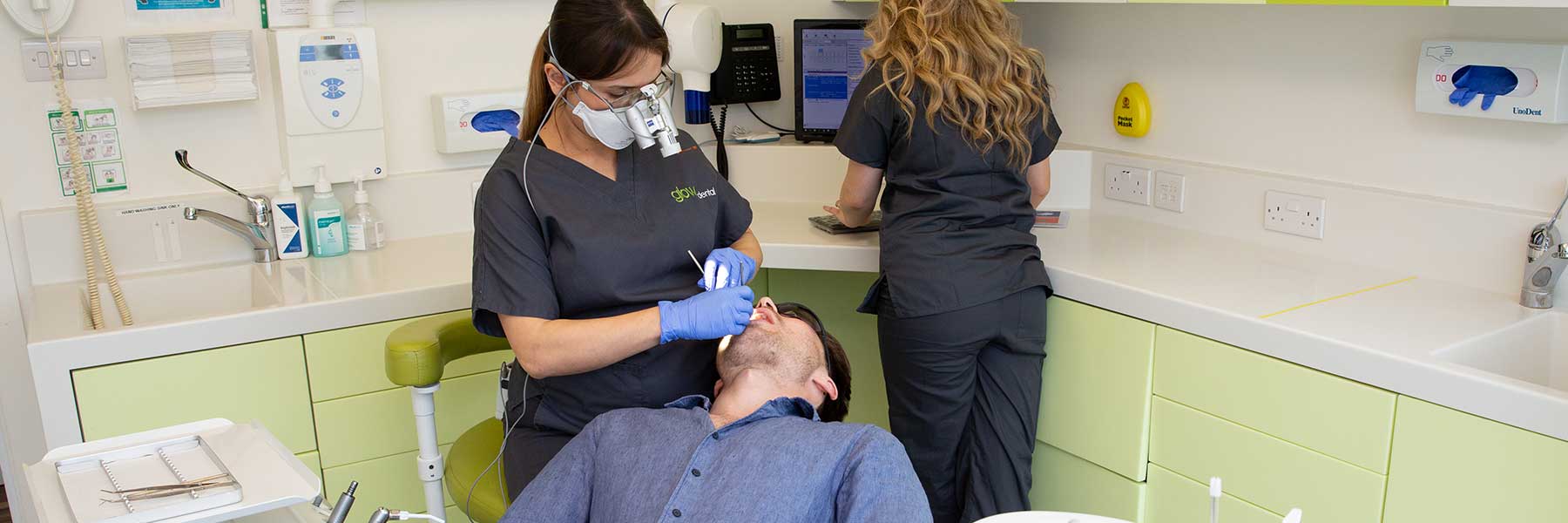
In dentistry and oral anatomy, the word palatal refers to the palate, or the roof of the mouth. When something is described as “palatal,” it means it is located on or toward the palate — the inner surface of the upper jaw facing the tongue. The palatal side of the teeth is opposite the buccal…
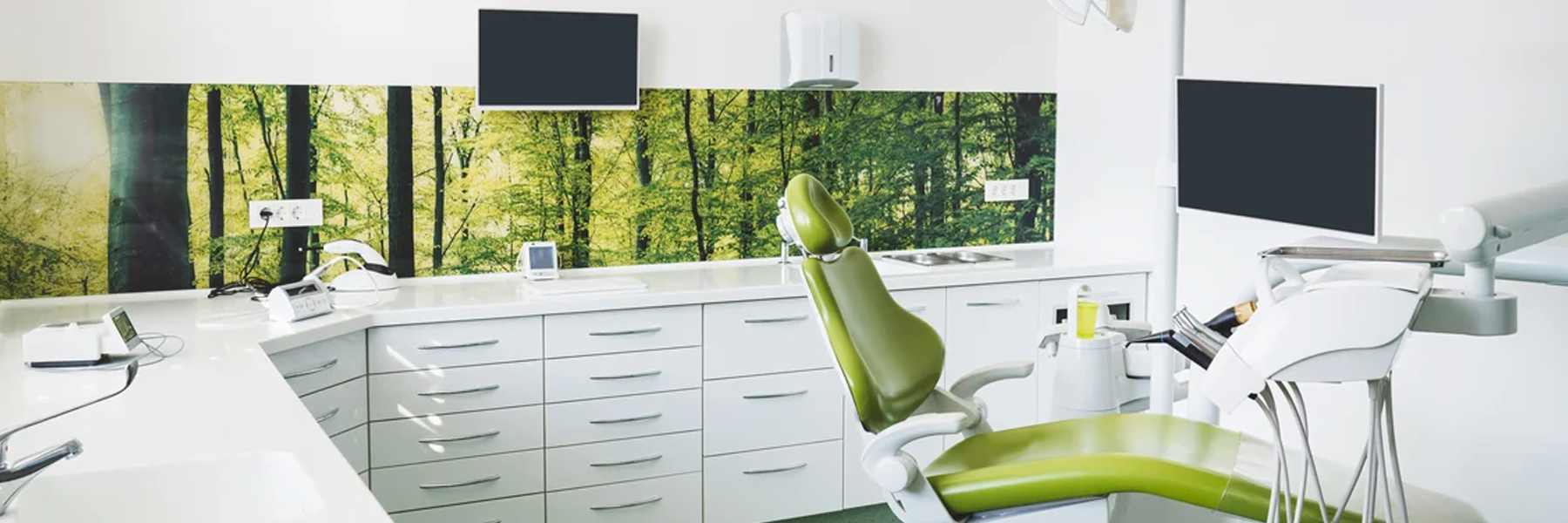
In dentistry, the term occlusal refers to the chewing or biting surface of the back teeth — the molars and premolars. This is the part of the tooth that comes into contact with the opposing tooth when you close your mouth or chew. The word comes from “occlusion,” meaning “contact” or “the act of closing.”…
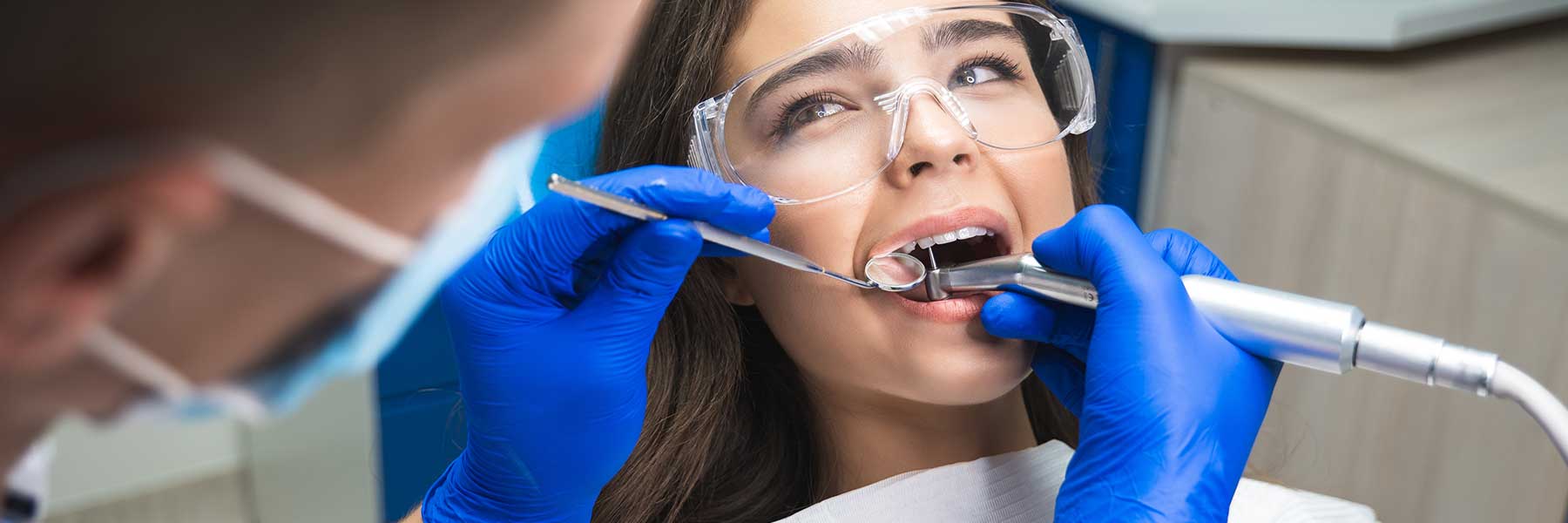
The periodontium is the group of tissues that surround and support each tooth. It includes the gingiva (gums), periodontal ligament, cementum, and alveolar bone. Together, these structures keep your teeth stable and protect them from infection and trauma. When any part of this system becomes inflamed or damaged, it is referred to as a disease…

Many people use the words gingiva and gums as if they mean the same thing, and in everyday conversation they often do. However, in dental anatomy, the term gingiva has a more precise meaning. All gingiva is gum tissue, but not all gum tissue qualifies as true gingiva. Understanding this distinction helps explain the structure,…
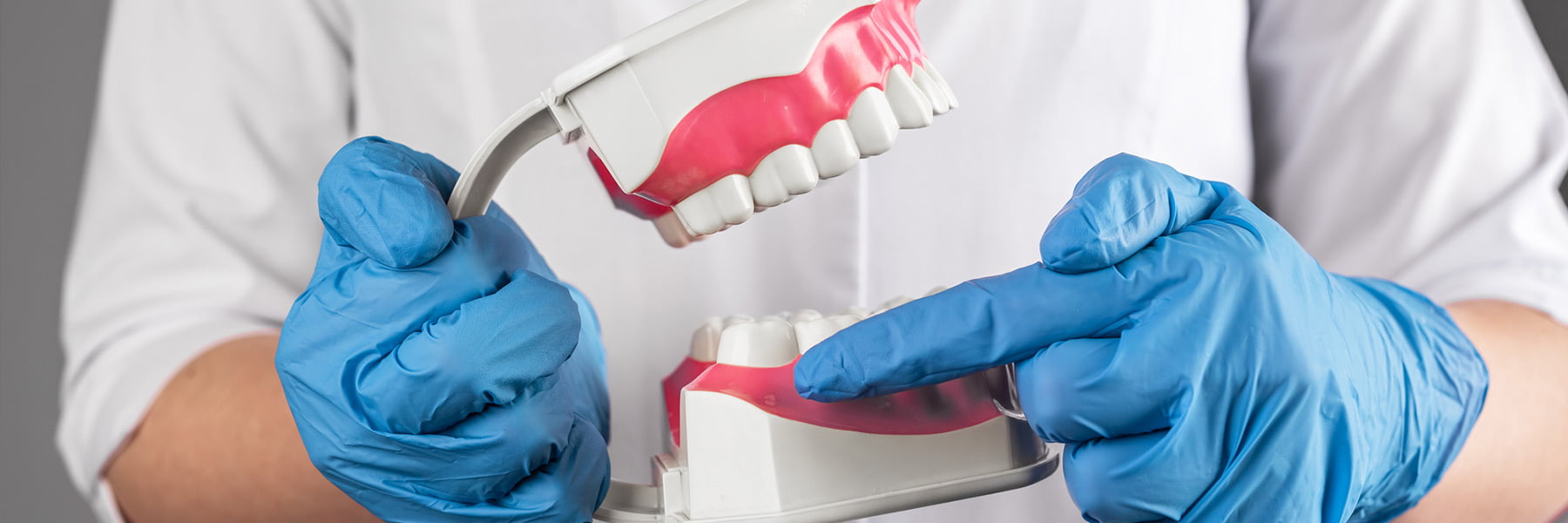
Cementum is the thin, calcified layer that covers the roots of your teeth. It’s essential for anchoring the tooth to the jawbone through the periodontal ligament and protecting the root dentin beneath it. If teeth lack cementum, or if this layer becomes damaged or thin, the health and stability of the entire tooth can be…
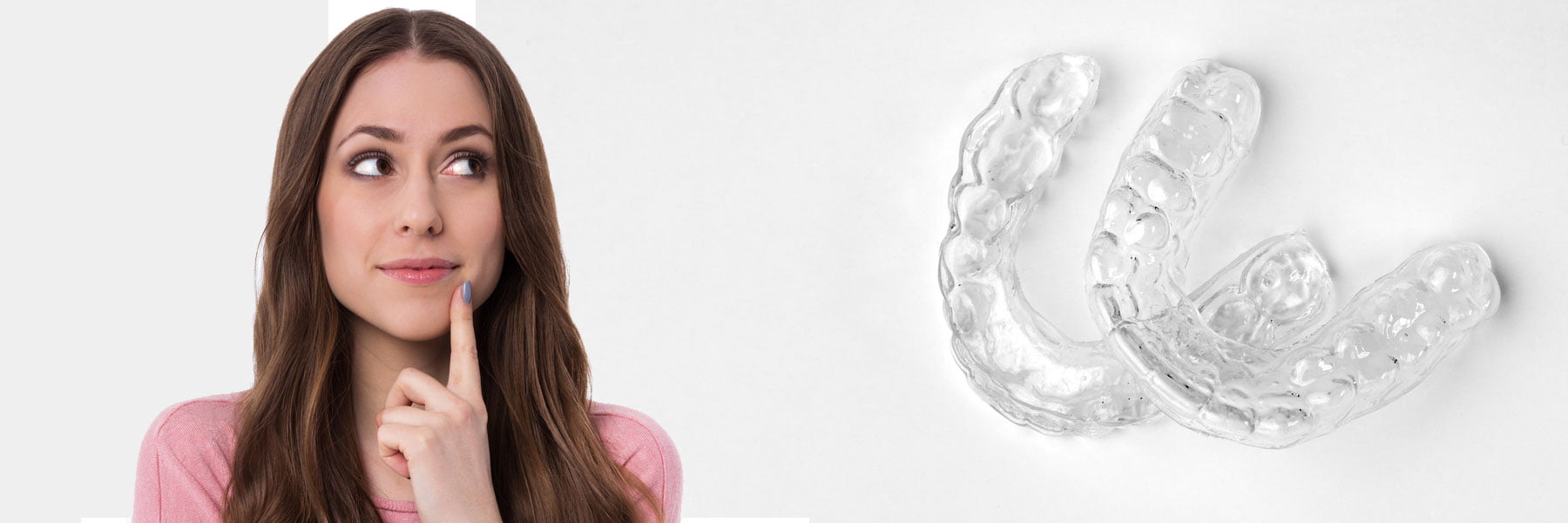
Dentin cannot fully grow back once it’s lost, but it can be protected and partly repaired. Because dentin is a living tissue, it reacts to damage in limited ways and can strengthen itself with help from dental treatments. 1. Natural Repair When dentin is irritated by decay, wear, or heat, the tooth can form a…

The cost of a dentist appointment in the UK varies depending on the type of treatment, the clinic’s location, and whether you are visiting an NHS or a private dental practice. On average, private dental check-ups in London typically start from around £80, while NHS check-ups in England are currently set at a fixed Band…

It’s a common misconception that a dentist can’t or shouldn’t remove a tooth if it’s infected. In reality, whether a dentist can remove an infected tooth depends on the type and severity of the infection, the patient’s overall health, and the presence of swelling or systemic symptoms. In most cases, dentists can extract an infected…

Yes. Dentists are licensed prescribers for dental and oral-facial conditions. They can prescribe antibiotics when there is clear evidence of bacterial infection that is spreading or could cause complications. Modern guidance emphasises antibiotic stewardship — using antibiotics only when necessary and always alongside dental treatment that removes the source of infection. Dentists follow strict professional…

Walking down the toothpaste aisle can be confusing: whitening, sensitive, herbal, charcoal, gel or paste, fluoride or fluoride-free. The right choice depends on your age, dental history, and specific goals. This guide explains what the labels mean and how to pick the best toothpaste for you and your family. Why Toothpaste Matters Helps remove plaque…

Most people squeeze toothpaste across the whole brush, but the amount you use can affect your oral health. Too little reduces protection, while too much can cause problems, especially in children. Here’s how much toothpaste to use for adults, children, and in special cases. Why the Right Amount Matters Too much toothpaste: wastes product, creates…
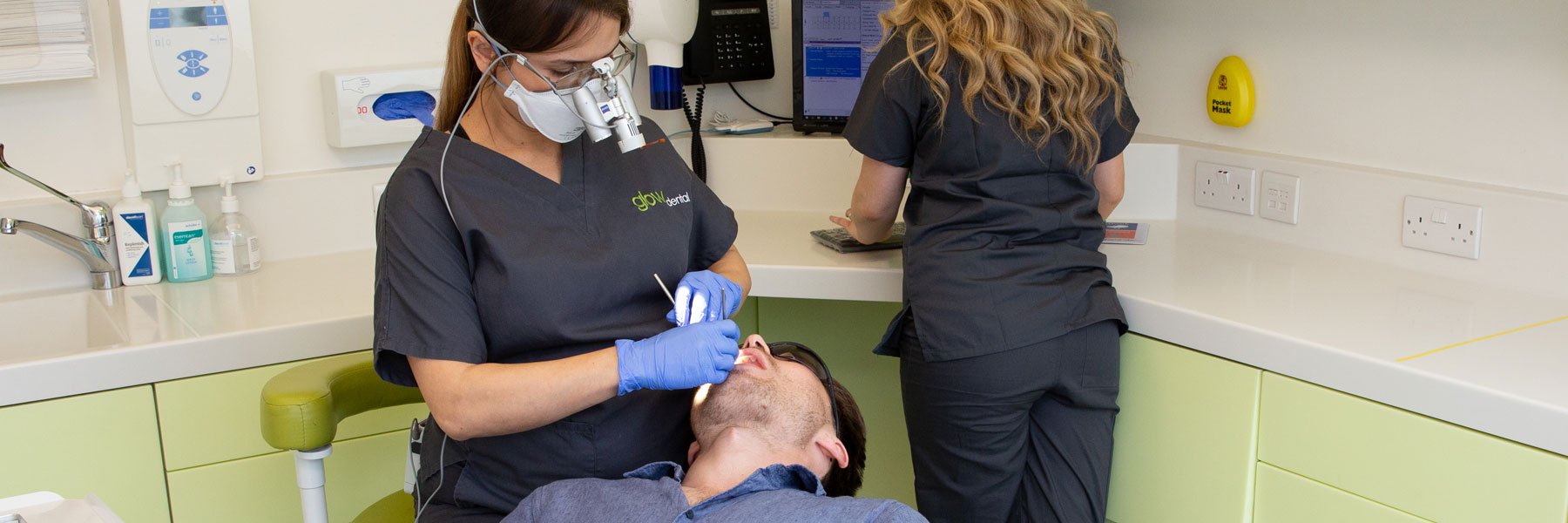
Tooth enamel is the hardest substance in the human body, but many people wonder: if it is damaged, can it grow back? Let’s explore what enamel is, why it cannot regenerate, and how you can protect it. What Is Tooth Enamel? Enamel is the shiny, protective outer layer of your teeth. It shields the softer…
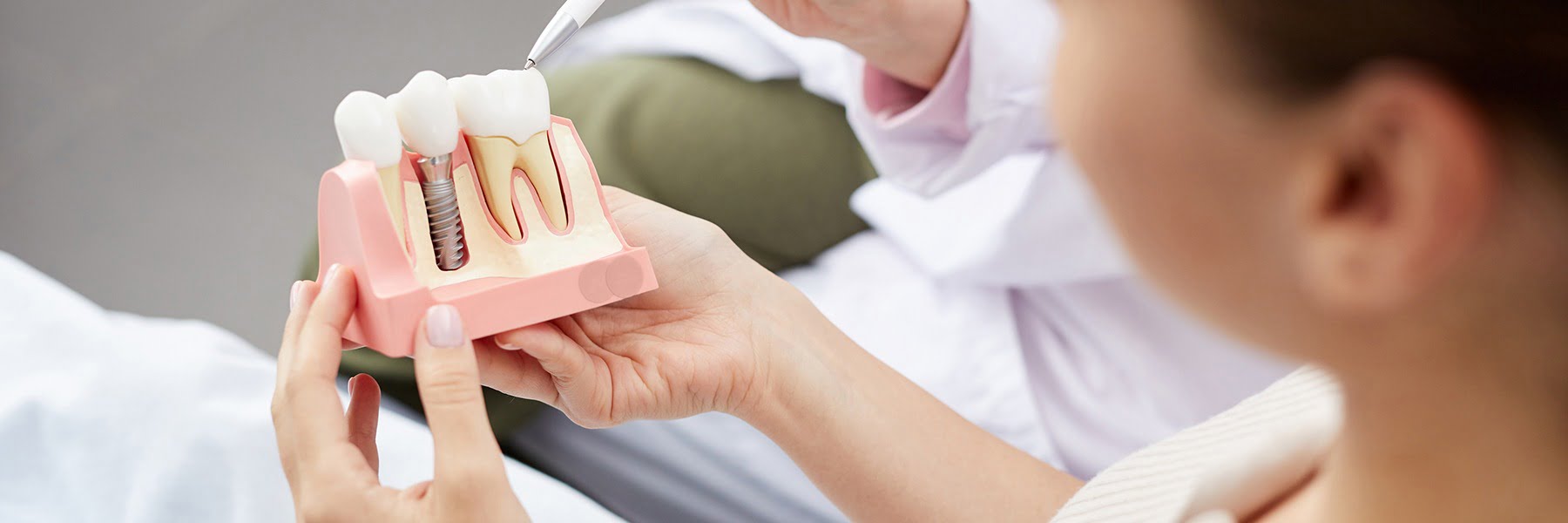
Dental implants are one of the most advanced ways to replace missing teeth. They restore both the function and appearance of natural teeth, but many patients wonder: what exactly does a dental implant look like? Because most of the implant is hidden beneath the gum and bone, only part of the implant is visible once…

Dental implants are one of the most advanced and reliable solutions for replacing missing teeth. They look and function like natural teeth, giving you back your smile and confidence. But a common question patients ask is whether dental implants last forever, and if they can be removed if necessary. Here we explain how long implants…
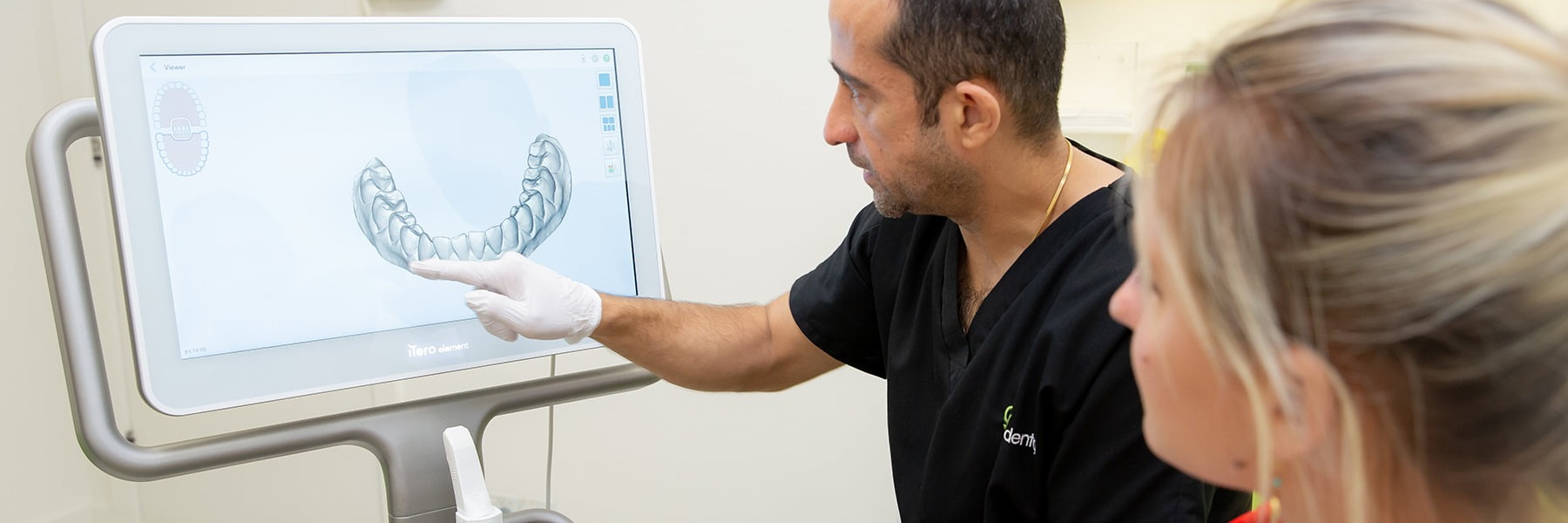
Dental implants are one of the most advanced and trusted treatments for replacing missing teeth. They provide strength, stability, and a natural appearance that closely mimics real teeth. But many patients wonder: are dental implants safe? Can they fall out or become infected? And what happens if one does come loose? This article will cover…

















